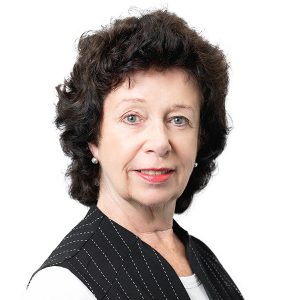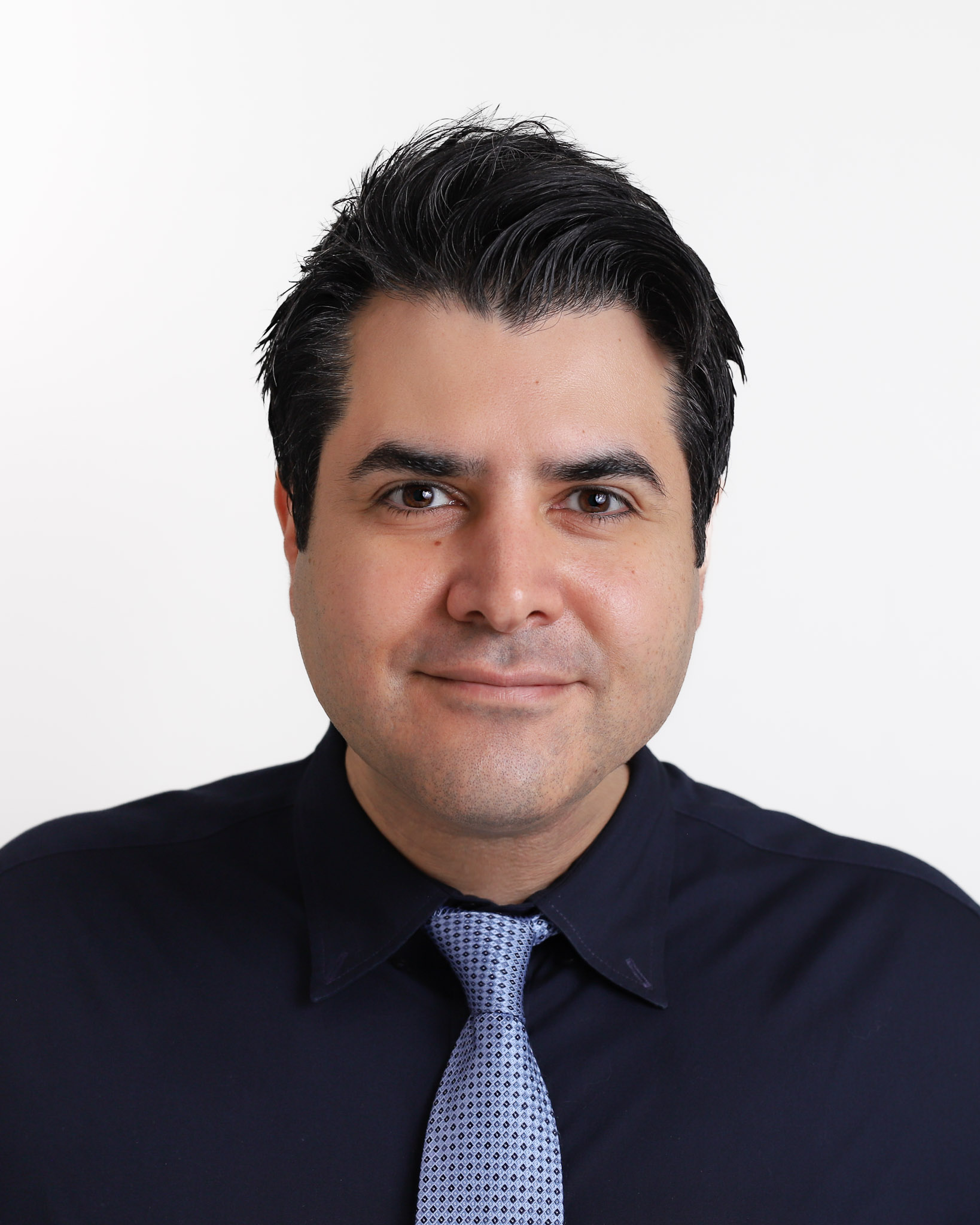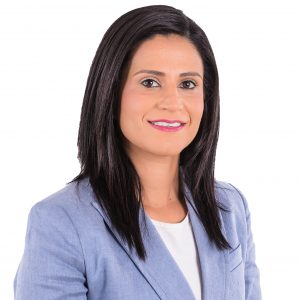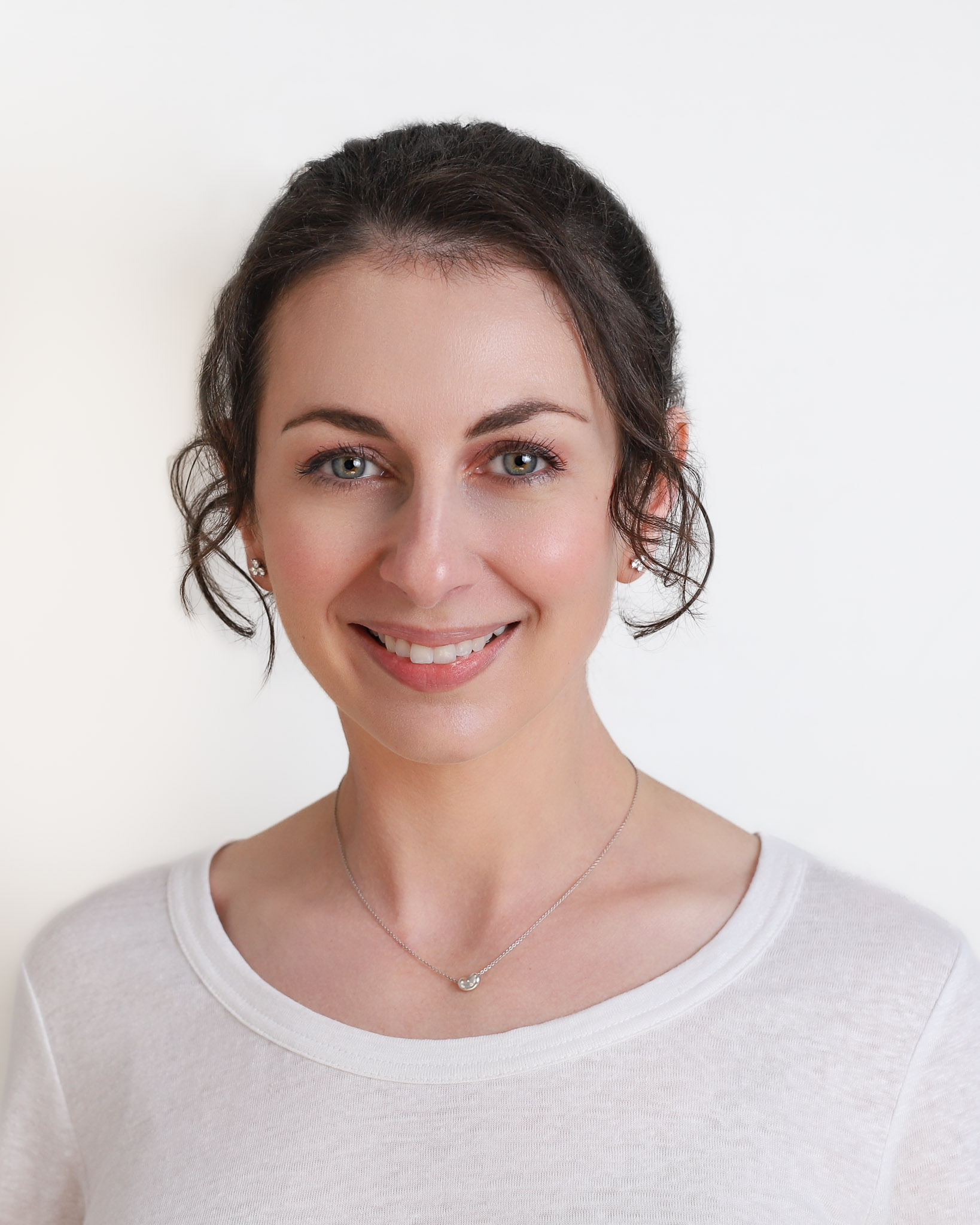Childhood Immunisation
Immunisations are health initiatives which involve developing the body’s immunity to prevent certain diseases. Immunisation for children are considered a vital part of well-baby healthcare visits in Australia as it serves to prevent serious, sometimes, fatal illnesses such as meningitis, polio, tetanus, measles, influenza, and diphtheria which resulted in a high rate of child death in the past.
Milsons Point Medical Centre is equipped with all necessary vaccines and we support and recommend that the Standard Immunisation Schedule as set out by the Department of Health is undertaken by every child in our clinic.
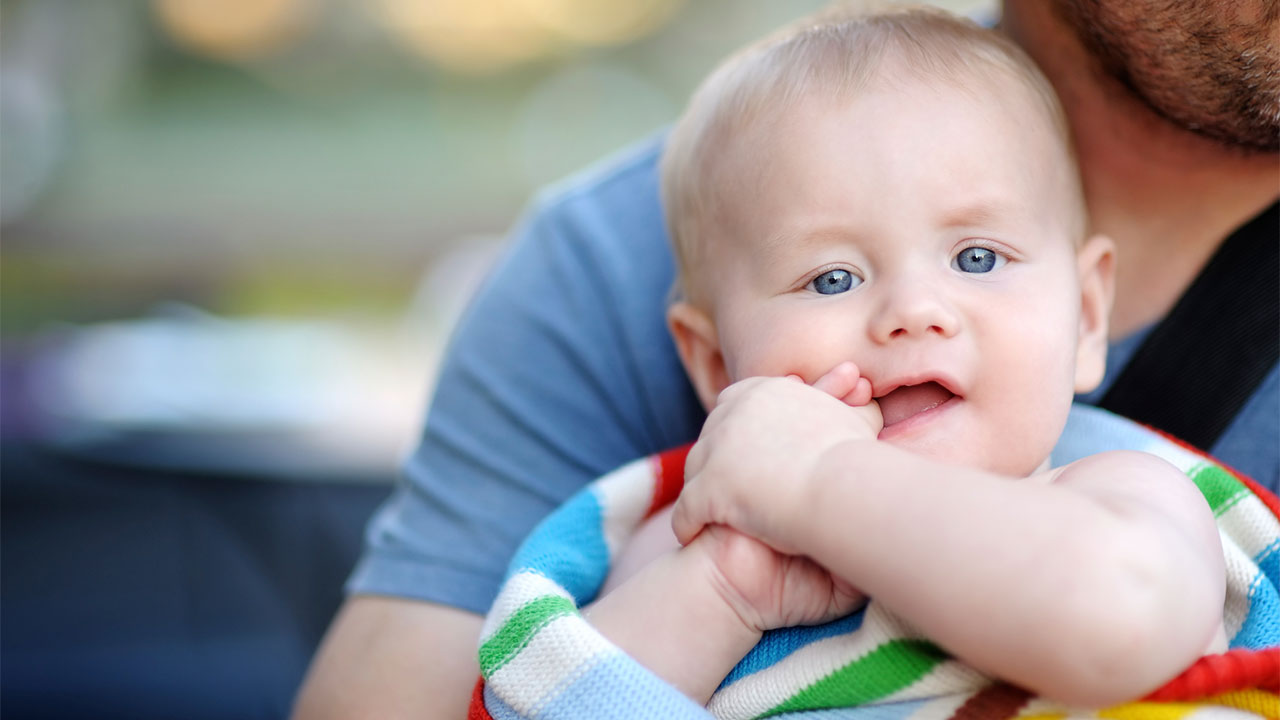
How Do Immunisations Work?
Immunisations are simply vaccines made from the inactivated or killed version of the virus or bacteria causing a specific disease to be prevented. In providing immunisation for children, these vaccines are introduced into a child’s body either by injection or as oral drops triggering the immune cells in the child’s body to mount up against the microbe. These immune cells would remain in the child’s body for a long time to fight off that specific agent if it recurs.
The vaccines used for immunisation may also be made of already developed antibodies obtained from the blood of another person or animal then transferred to a non-immune person.
When Are Immunisations Adminitered?
Immunisation for children is usually scheduled on specific timelines during a child’s development and the schedules have slight variations between countries. In Australia, immunisation for children is based on the National Immunisation Program Schedule which was updated in November, 2016. This schedule of immunisation is as follows:
- At birth, a child should be given the Hepatitis B (HepB) vaccine. It should be administered to the child as soon as it is possible after delivery but not longer than 7 days after. It is, however, most beneficial if a child receives it on their first day of life.
- At 2 months, a child should receive vaccines against diphtheria, pertussis (whooping cough), tetanus, and a second shot for hepatitis B.
The pneumococcal conjugate vaccine (13vPCV) and the inactivated poliomyelitis vaccines protecting against illnesses caused by the pneumococcus bacteria and polio respectively are also scheduled to be administered at this age.Additionally, vaccines against rota virus, a leading cause of diarrhoea in children, and haemophilus influenza type b which causes meningitis and serious respiratory tract infections should be administered.
- At 4 months, a child receives a second dose of each vaccine administered at 2 months.
- At 6 months, a child is scheduled to receive a third dose of each vaccine given at 2 months.
- When a child is 12 months old, vaccines against mumps, measles, and rubella (MMR) are administered. Other vaccines administered at this age are the haemophilus influenza type b and meningococcal (Hib-MenC) vaccines.
- At 18 months, the MMR Vaccine is re-administered for a child but this time with that preventing chickenpox as well as fourth shots of the vaccines against diphtheria, whooping cough, and tetanus.
- At 4 years of age, a child is administered with the fifth shot of the diphtheria, pertussis, and tetanus vaccine and the forth shot of the inactivated poliomyelitis vaccine.
- Children with medical conditions which increase their risk of infections caused by the pneumococcal bacteria should receive the pneumococcal vaccine at 12 months and a booster dose at 4 years of age.

